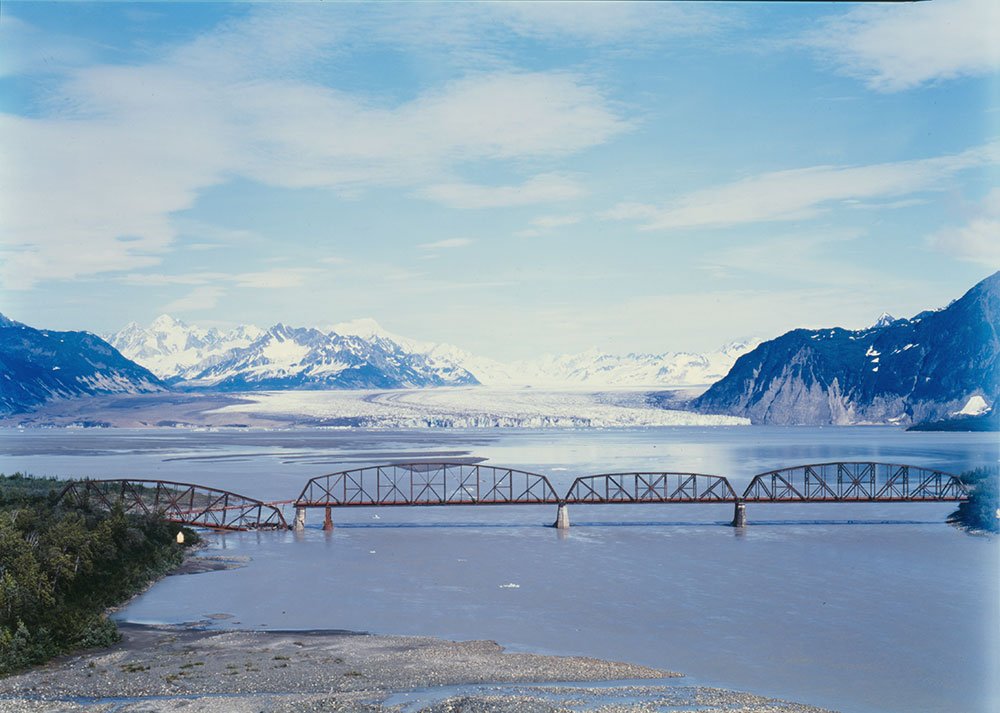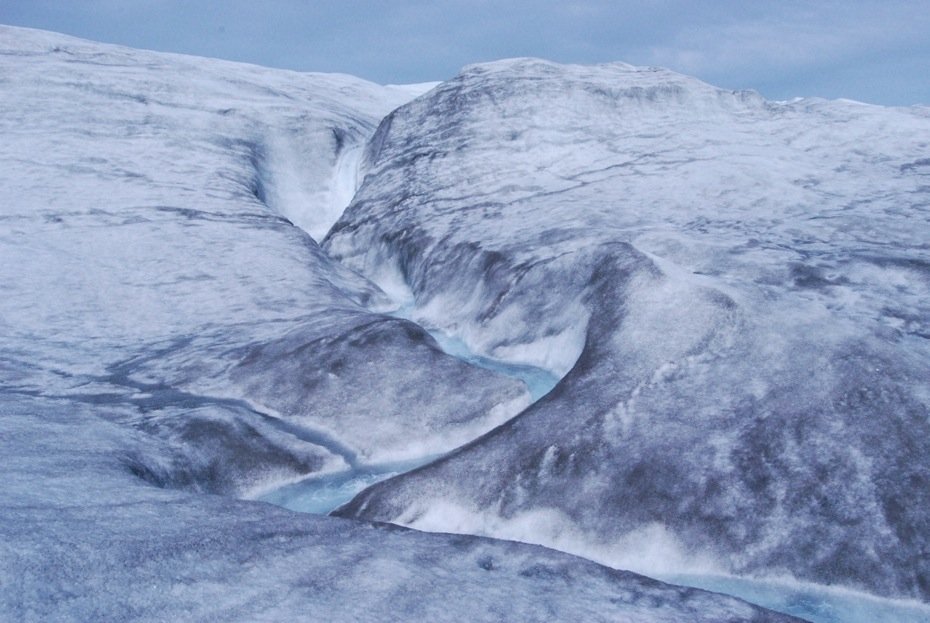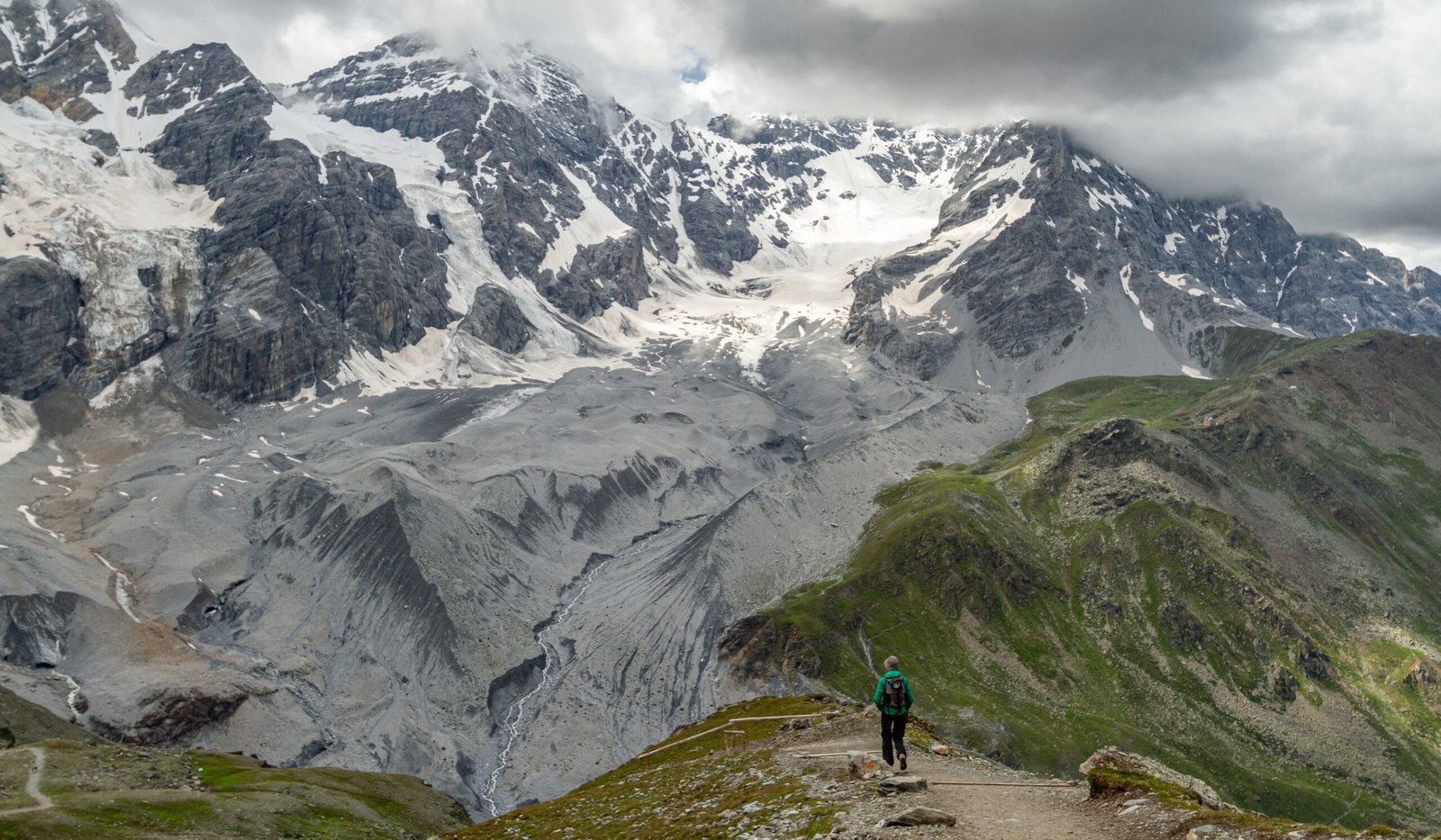Imagine standing on a mountaintop, breathing the crisp air, surrounded by ancient ice that’s been frozen for thousands of years. Now, picture that ice melting away, drop by drop, leaving the bare rock exposed beneath. It sounds almost poetic—until you realize that this slow vanishing act is setting off a chain reaction beneath your very feet. Melting glaciers aren’t just a symbol of climate change; they’re powerful agents of earth-shaking change, literally. Earthquakes rumble where they never did before, and hillsides crash down in spectacular and sometimes devastating landslides. The planet is in motion, and the story is as thrilling as it is unsettling. Let’s unravel how the retreat of ice is turning the world’s mountains into ticking geological time bombs.
The Ancient Weight of Glaciers: Nature’s Gigantic Press
For millennia, glaciers have acted like nature’s heavy blanket, pressing down on the land beneath with unimaginable force. This weight shapes mountains, carves valleys, and even flattens whole regions. When you walk across a glacier, you’re treading atop a slow-moving river of ice that’s been compacting the earth for ages. The pressure these glaciers exert isn’t just felt on the surface—it pushes deep into the Earth’s crust, holding rocks and faults tightly in place. In a way, glaciers act like a hand holding the planet’s skin steady, preventing the land from shifting too much.
When the Ice Retreats: A Dramatic Unloading
As glaciers melt, the immense pressure they once exerted begins to disappear. This process, called “glacial unloading,” is a bit like suddenly removing a heavy book from a stack—the stack can wobble, shift, or even topple. The land, once compressed, starts to rebound or “spring back.” Scientists call this isostatic rebound, and it’s a surprisingly powerful force. The ground can rise several centimeters or even meters over decades, reshaping entire landscapes.
Earthquakes Awaken: The Surprising Connection
It might sound wild, but the retreat of glaciers can actually trigger earthquakes. Once the ice melts and the pressure is lifted, faults in the earth that were previously “locked” can suddenly move. This isn’t just theoretical—regions like Greenland, Alaska, and even parts of Scandinavia have seen increased seismic activity as their ice has vanished. Imagine a tightly coiled spring suddenly set free; the energy has to go somewhere, and sometimes it’s released in a sharp, trembling jolt.
Landslides on the Rise: Nature’s Sudden Slope Failures

Without the stabilizing weight of ice, steep mountain slopes become unstable. Meltwater seeps into cracks, lubricating the rock and soil, making landslides far more likely. Massive chunks of earth can suddenly break loose, tumbling downhill in spectacular and sometimes catastrophic fashion. These landslides can wipe out forests, block rivers, and threaten whole communities in their path. The dramatic landslide in Alaska’s Barry Arm, for example, was directly linked to glacial retreat.
The Science of Isostatic Rebound: Earth’s Slow Bounce-Back
Isostatic rebound isn’t an overnight event. As the ice melts, the land begins to lift, but the process can take thousands of years to fully unfold. Geologists have measured this “bounce-back” in places like Canada and Scandinavia, where the ground is still rising after the glaciers of the last Ice Age disappeared. This ongoing uplift can change coastlines, create new lakes, and even shift the flow of rivers. It’s a slow-motion dance between earth and ice that’s reshaping the planet.
Glacial Earthquakes: When Ice Sheets Roar
Some earthquakes aren’t caused by rock shifting, but by the glaciers themselves. These are known as glacial earthquakes—powerful tremors created when huge chunks of ice suddenly slip or collapse. Greenland, in particular, has seen a rise in these unusual quakes as its ice sheet melts at a record pace. Seismographs pick up their distinct signals, and researchers now use these “ice quakes” to track the health of the world’s largest glaciers.
Case Study: Alaska’s Shifting Ground

Alaska is a hotspot for studying the dramatic effects of glacial retreat. As glaciers shrink, the land beneath them rebounds, leading to increased earthquake activity. In some places, the ground has risen more than two centimeters per year. The region’s famous 1964 Great Alaska Earthquake was partly influenced by the long-term effects of glacial unloading. Today, local communities and scientists keep a close eye on these changes, knowing the landscape is anything but still.
Scandinavia’s Rising Lands: A Living Legacy
Northern Europe offers a powerful example of post-glacial rebound. In Sweden and Finland, the land is still rising by as much as a centimeter a year, even though the glaciers disappeared thousands of years ago. This uplift has transformed coastlines and created new islands. Towns that once sat on the shore now find themselves inland, and old harbors have become fields. It’s a striking reminder that the effects of vanishing ice can echo for millennia.
Greenland’s Melting Ice and Seismic Surprises

Greenland is losing ice at a staggering rate—over 250 billion tons annually in recent years. With the ice disappearing, the land is not only rising, but also experiencing more earthquakes. These aren’t the catastrophic quakes seen in other parts of the world, but the increased seismicity is a clear signal that the earth is adjusting to a lighter load. Scientists are racing to understand how quickly the ground will respond—and what that means for Greenland’s future.
Himalayan Hazards: Landslides and Quakes in the World’s Roof
The Himalayas—home to some of the world’s largest glaciers—are rapidly losing ice. As the glaciers thin, slopes become unstable. Landslides have become more frequent, blocking rivers and endangering mountain villages. Earthquakes, too, have been linked to the retreat of Himalayan glaciers, adding a layer of risk for millions who live in their shadow. The region’s dramatic topography only amplifies the dangers posed by vanishing ice.
How Melting Glaciers Reshape Rivers and Lakes
When glaciers vanish, they leave behind a landscape in flux. Rivers change course, new lakes form in the hollows left by melted ice, and old waterways can dry up. These changes can disrupt ecosystems, wash away infrastructure, and even flood towns. For example, in the Andes and the Himalayas, glacial lake outburst floods have become a growing threat as meltwater pools behind unstable natural dams.
The Role of Permafrost: Melting from Below
Permafrost—permanently frozen ground—often sits beneath glaciers. As the ice disappears, permafrost begins to thaw, further destabilizing the ground. This can trigger landslides and even cause entire hillsides to collapse, especially in regions like Alaska and Siberia. Thawing permafrost also releases greenhouse gases, creating a feedback loop that speeds up climate change and, in turn, more melting.
Human Impact: Communities on the Edge

All these earth-shaking changes aren’t just a matter for scientists—they affect real people. Mountain communities from Nepal to Alaska are grappling with landslides, floods, and shifting ground. Infrastructure like roads, bridges, and homes are at risk, and traditional ways of life are being disrupted. Local governments are racing to adapt, but the pace of change is dizzying. For many, the vanishing ice means living with a constant sense of uncertainty.
Wildlife on the Move: The Ripple Effect
As glaciers retreat and landscapes shift, animals are forced to adapt. Some species lose habitats as lakes drain or forests are buried by landslides. Others migrate to higher ground—or disappear altogether. Salmon runs in Alaska, for example, have been affected by rivers changing course, while mountain goats find their grazing grounds transformed. The domino effect of vanishing ice is felt throughout the entire food web.
Technological Tools: Tracking the Shifts
Modern technology is giving scientists a front-row seat to these changes. Satellites track the rise and fall of the land, while seismographs listen for the tiniest tremors. Drones and remote sensors monitor landslides and glacial movement in real time. These tools are helping researchers predict where the next big shift might occur, and offer hope for early warning systems that could save lives.
Historical Echoes: Lessons from the Past

The idea that melting ice can trigger earthquakes and landslides isn’t new. Geological records show that after the last Ice Age, regions like Canada and Scandinavia experienced a surge in seismic activity as the glaciers retreated. Even ancient legends from indigenous peoples tell stories of earth shaking and lands sliding as the ice vanished. History reminds us that today’s changes are part of a long, ongoing story.
Climate Change: The Accelerating Driver

The pace of glacial retreat today is alarming—and it’s all tied to climate change. As global temperatures rise, glaciers are melting faster than ever before. This means the earth is being “unloaded” at a rate that natural systems have never experienced. Scientists warn that we could be on the verge of a new era of seismic and landslide activity, one driven not by nature alone, but by humanity’s hand.
Risk and Resilience: Preparing for a Shifting Earth
Communities in vulnerable areas are working to build resilience. Early warning systems for landslides, earthquake-resistant buildings, and evacuation plans are becoming the new normal. Scientists and engineers are collaborating with local governments to map risks and develop strategies for adapting to a rapidly changing landscape. It’s a race against time, but one filled with ingenuity and hope.
Unexpected Beauty: New Landscapes Emerged
It’s not all doom and gloom. As glaciers recede, they reveal breathtaking new landscapes—crystal-clear lakes, dramatic valleys, and towering peaks once hidden beneath the ice. Artists, hikers, and adventurers are drawn to these transformed places, finding inspiration in the raw power of nature’s renewal. The world is being remade, showing both its fragility and its resilience.
A Call to Action: What Will You Do?
The melting of the world’s glaciers is more than just a distant tragedy—it’s a force reshaping the very ground beneath our feet. The connection between vanishing ice and shifting earth is clear, urgent, and deeply personal. Every choice we make, from the energy we use to the policies we support, plays a part in shaping the future of our planet. Will you be a bystander, or will you be part of the change?


